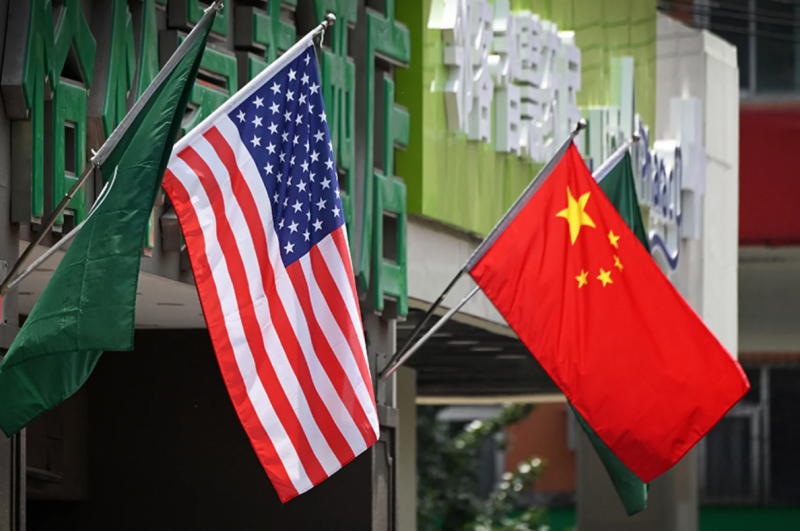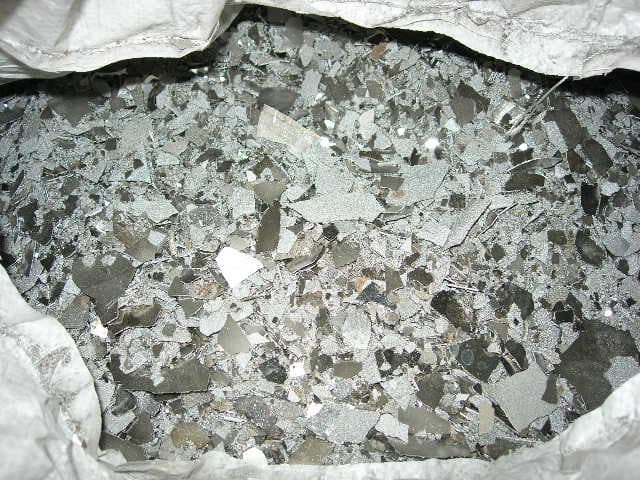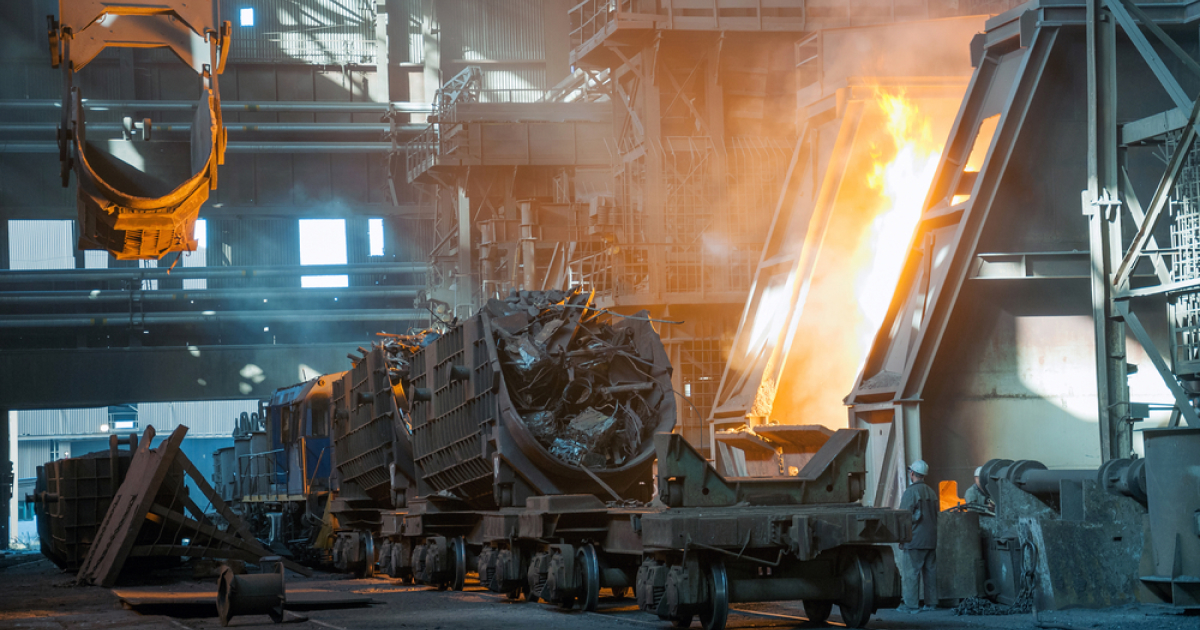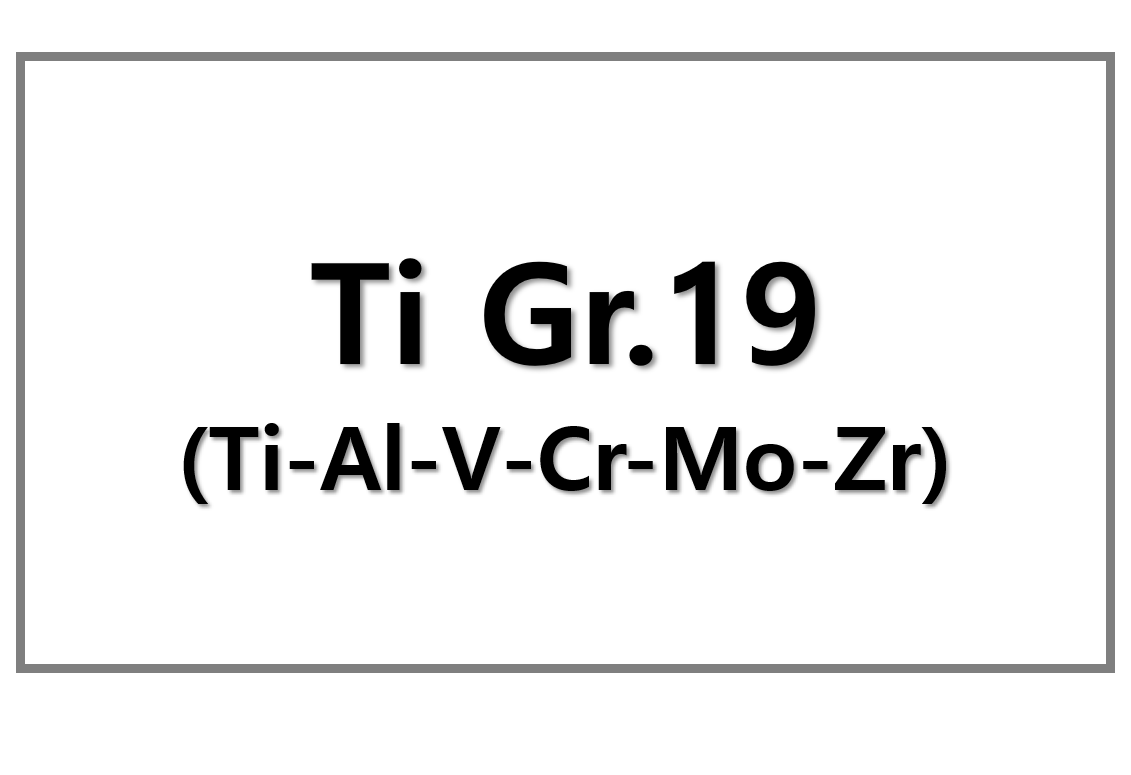
The United States has sharply increased tariffs on Chinese imports, pushing the rate from 54% to a steep 104%.
This decision, announced by White House spokesperson Caroline Levitt, reflects the latest escalation in the ongoing U.S.-China trade conflict.
The new duties officially take effect on April 9, 2025, as part of the White House’s broader tariff strategy under President Donald Trump.
U.S.-China Tariffs Reach Critical Level
Until now, imports from China faced a combined tariff of 54%, made up of a 20% preliminary levy and a 34% retaliatory duty.
The new 104% rate represents a near-doubling and will significantly impact bilateral trade flows between the two largest economies.
In response, China’s Ministry of Commerce has announced a 34% retaliatory tariff on all U.S. goods starting April 10.
Chinese officials described the U.S. move as “unilateral intimidation” and vowed to “fight to the end” if necessary.
Beijing has criticized the reciprocal tariff structure as unjustified and politically motivated.
Trump’s administration has excluded China from recent trade talks involving over 70 countries.
Instead, the U.S. has prioritized negotiations with South Korea, Japan, and other allies.
Trump stated that President Xi Jinping and Chinese leaders “want to make a deal” but “don’t know how to start it.”
Impact on Global Trade and the Metals Market
These aggressive tariffs come alongside the U.S. President’s earlier decision to apply a minimum 10% tariff on imports from all nations.
This universal tariff began on April 5, and higher duties for major trade deficit countries follow on April 9.
These measures are part of a larger effort to reduce the U.S. trade imbalance and repatriate manufacturing capacity.
However, industry leaders warn that such tariffs could disrupt global supply chains and increase raw material costs, including steel, aluminum, and copper.
The move may especially affect manufacturers who rely on Chinese components, machinery, or semi-finished metal goods.
At SuperMetalPrice, we expect short-term volatility in metal prices, particularly for alloys and base metals heavily imported from China.
These include aluminum extrusions, steel fasteners, and copper wire rods, which could see sharp cost adjustments in Q2 2025.
The next few weeks will be critical as both countries prepare further countermeasures and global markets respond.











Leave a Reply
You must be logged in to post a comment.